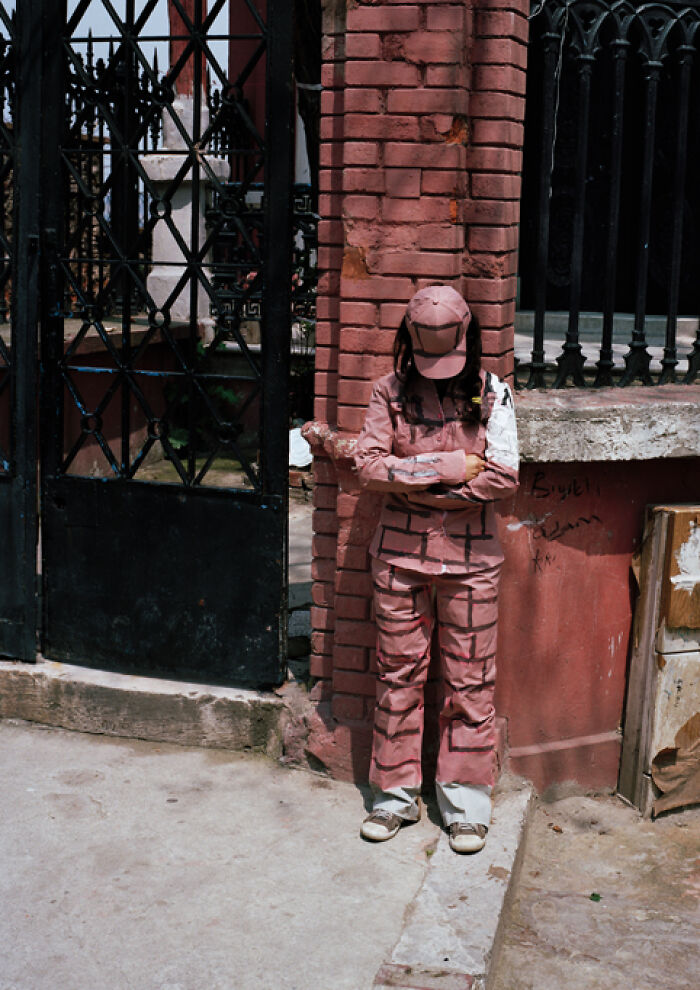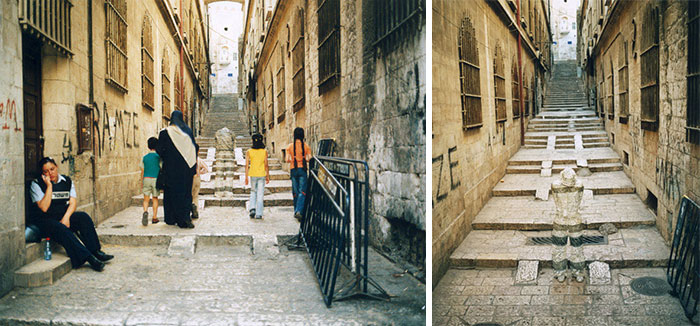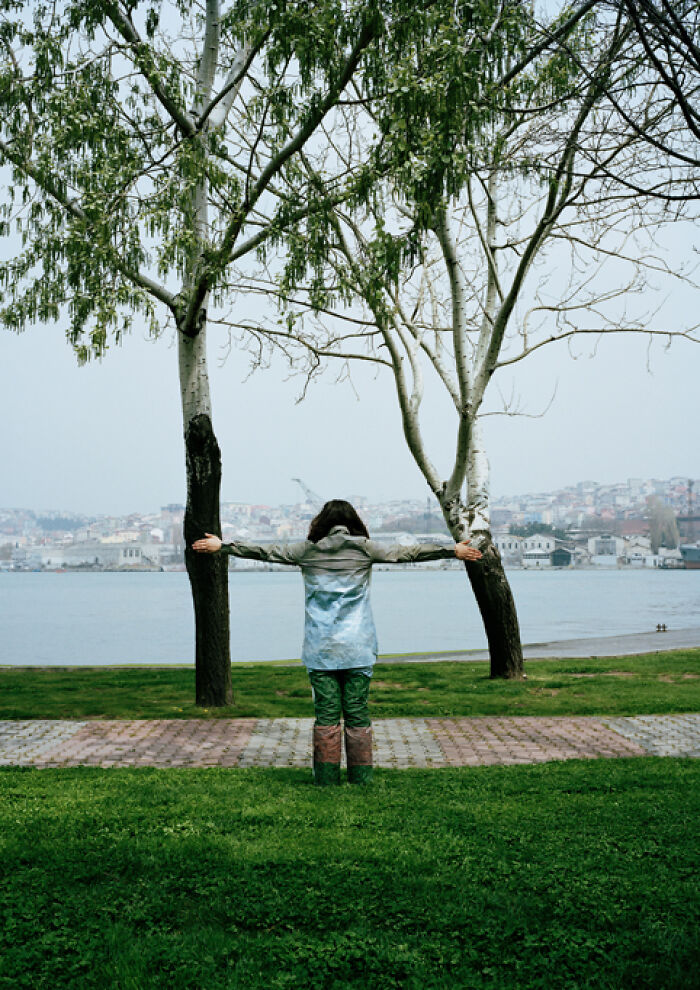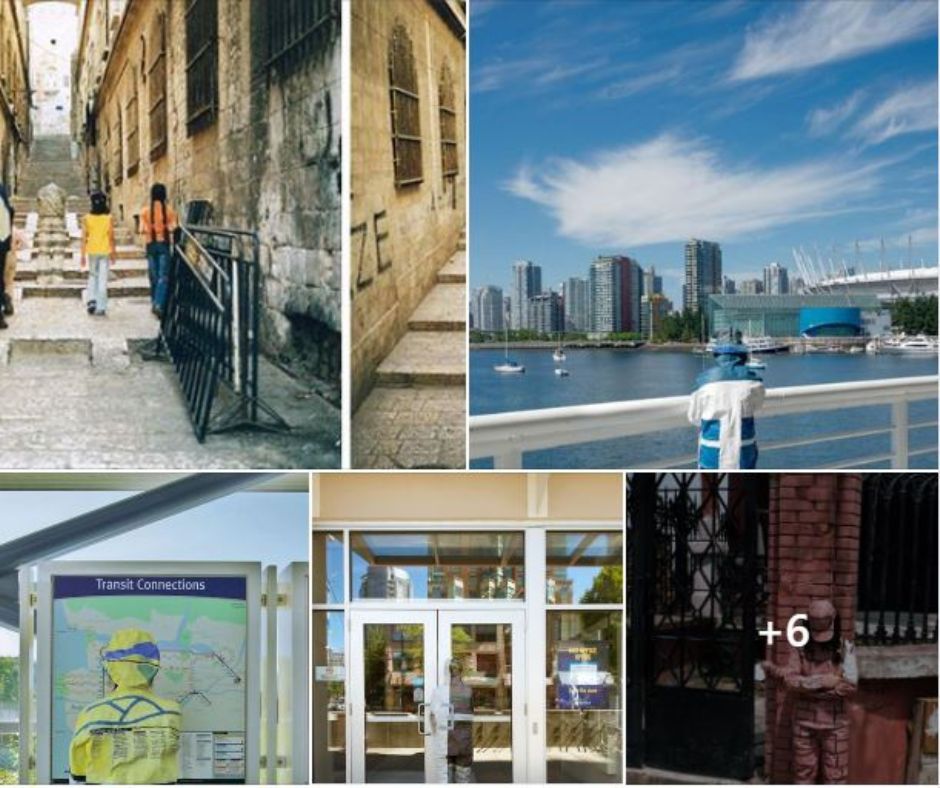In the vast tapestry of nature, humans have developed an intriguing ability to blend seamlessly into their surroundings, adopting techniques of camouflage and integration. From ancient civilizations to modern artistic expressions, individuals have harnessed their creativity and adaptability to merge with the environment around them. Whether through body painting, architectural design, or fashion, humans have sought to dissolve the boundaries between themselves and the world, exploring a harmonious coexistence with their surroundings. Join us as we delve into the captivating art of humans integrating with their environments, celebrating the ingenuity and artistic expression found within these unique practices.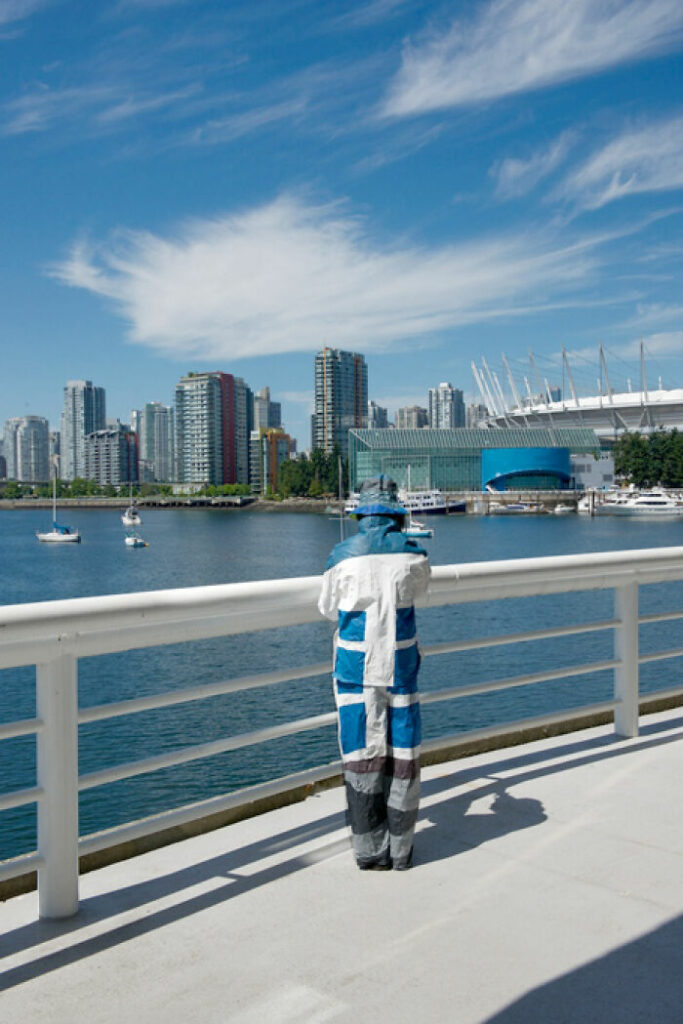
- The History of Camouflage: The concept of humans blending into their surroundings can be traced back to ancient civilizations, where hunters would use natural materials and body paint to conceal themselves from prey. Over time, the art of camouflage expanded beyond practical hunting purposes and found its way into warfare, with soldiers donning camouflage patterns to evade detection. This blending technique also influenced artistic movements, inspiring painters and sculptors to explore the relationship between humans and their surroundings.

- Body Art and Performance: One of the most fascinating forms of human integration is through body art and performance. Through the use of body paint, tattoos, or wearable art, individuals transform their physical appearance to mimic the patterns and textures found in nature. This artistic expression not only serves as a form of self-expression but also symbolizes a deep connection to the natural world. In performance art, individuals utilize their bodies to become living sculptures, merging with their surroundings to create captivating visual spectacles that challenge the boundaries of human form.
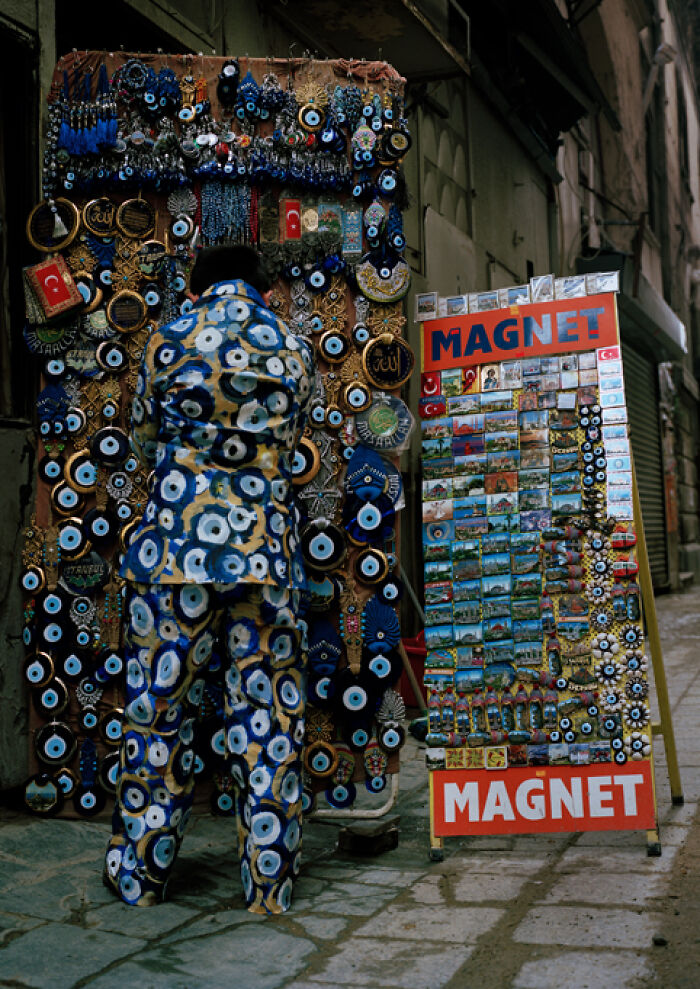
- Architecture and Environmental Integration: Architects and designers have long sought to integrate human structures harmoniously with the natural environment. From ancient civilizations’ earthen dwellings to modern eco-friendly designs, architecture plays a vital role in creating a seamless relationship between humans and their surroundings. Sustainable materials, green roofs, and innovative design concepts aim to minimize the impact on nature while maximizing the integration of human spaces within the landscape.

- Fashion and Environmental Aesthetics: Fashion has also embraced the concept of humans blending into their surroundings. Designers explore the use of colors, patterns, and textures that mimic the natural world, allowing individuals to become living embodiments of their environment. From camouflage-inspired clothing to avant-garde designs that challenge conventional silhouettes, fashion becomes a means of expressing a deep connection and reverence for the surrounding world.
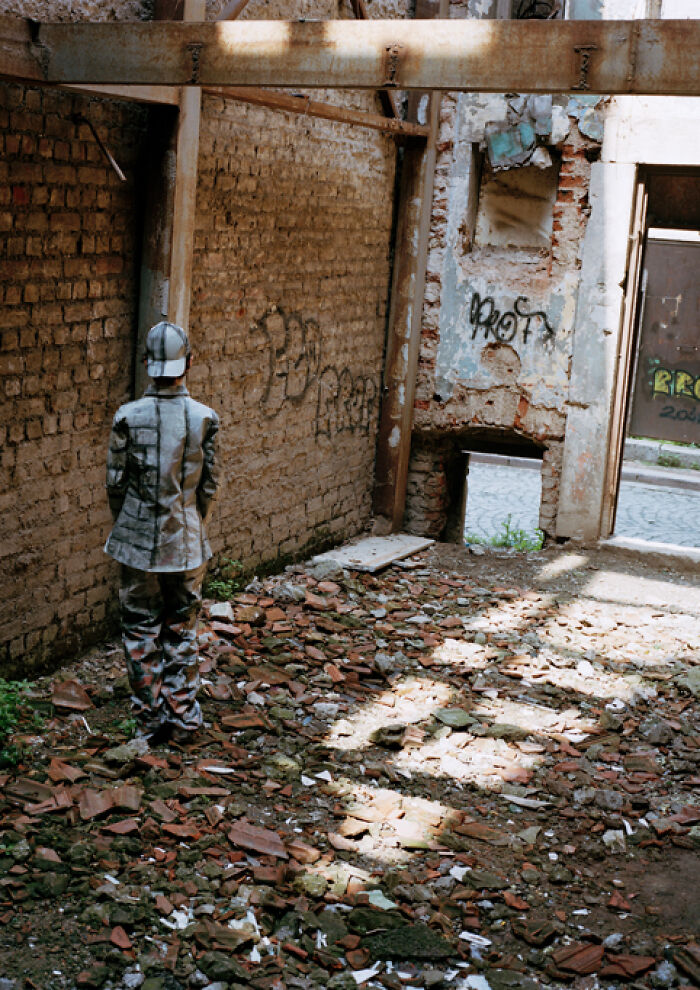
- Cultural Significance and Expression : The art of humans integrating into their surroundings holds cultural significance in many communities. Indigenous tribes, for instance, employ body paint and adornments to honor their connection with the land and express their cultural identity. These practices carry stories, rituals, and traditions that reinforce the deep bond between humans and their environment, fostering a sense of belonging and respect for nature.
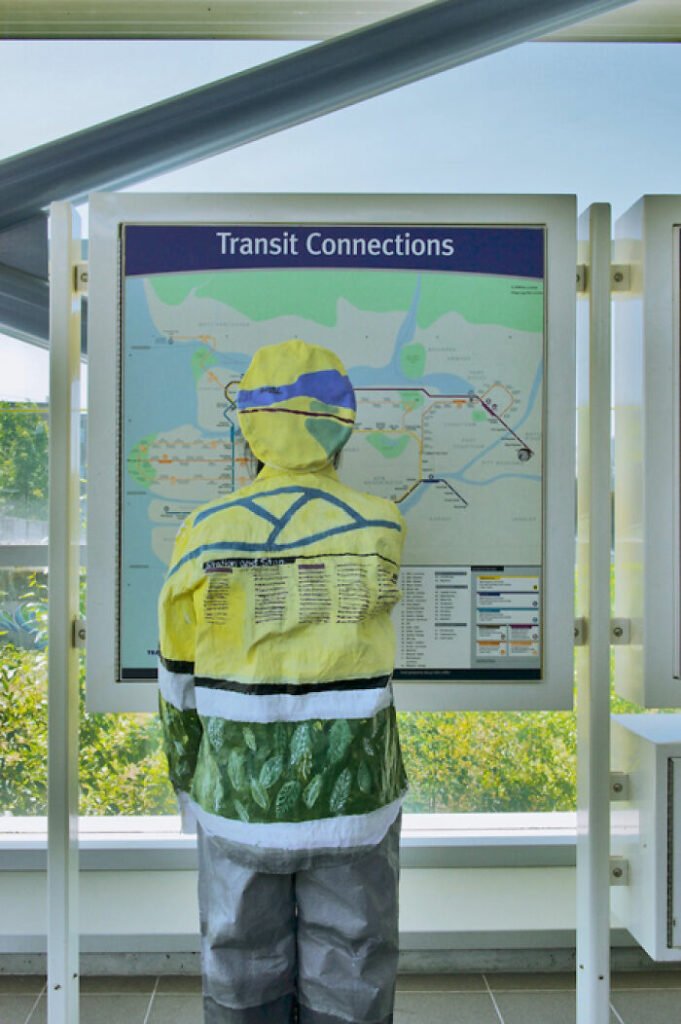
The art of humans integrating into their surroundings celebrates our innate connection with the natural world. Through body art, architecture, fashion, and cultural practices, we blur the boundaries between ourselves and our environment, embracing the beauty and wisdom found in the seamless integration of human form with the surrounding world. These practices remind us of our place in the vast tapestry of nature and inspire us to foster a harmonious coexistence, where humans become an integral part of the ever-evolving landscapes that shape our lives. 